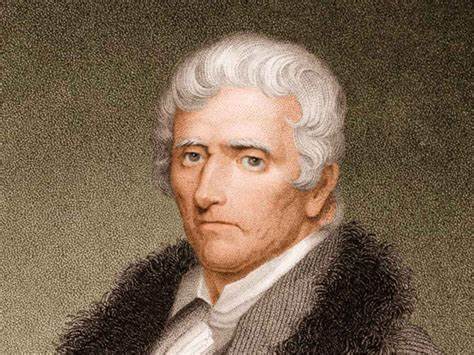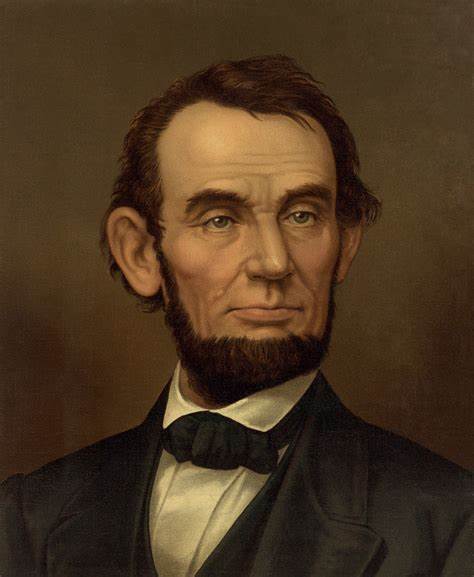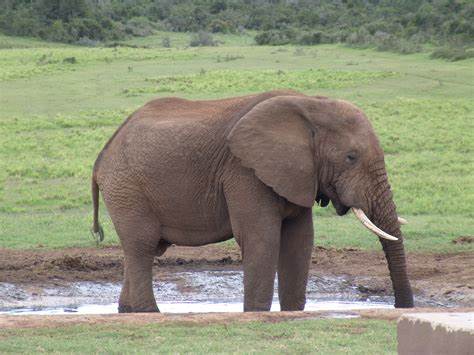LESSON 2.13
What Statements to Avoid
A “What Statement” and a “Subject” are almost the same thing. However, we can break down a What Statement into its parts. It is difficult to do that with a “Subject.”
What Statements to Avoid
Certain What Statements will result in a bad subject:
- One variable
- Using is or are as your verb
- Not having a verb or verb phrase
- Coloring an Old variable
- Thinking a personal subject is always interesting
One Variable
 Make sure your two variables are not the same thing with different words. For example:
Make sure your two variables are not the same thing with different words. For example:
Daniel Boone was one of America’s greatest frontiersmen.
Variable 1: Daniel Boone Old information
Variable 2: one of America’s greatest frontiersmen Old information
There is only one variable. Daniel Boone and one of America’s greatest frontiersmen are the same thing. When you write about Daniel Boone, you will surely mention that he was one of America’s greatest frontiersmen.
A good What Statement using Daniel Boone might be—
Daniel Boone lived by the phrase he coined, “Be sure you’re right, then go ahead.”
Now we have:
Variable 1: Daniel Boone except for his famous saying. (Old information)
Variable 2: Daniel Boone’s famous saying. (New information)
Variable 2 suggests that Ben Franklin’s saying, “Try and try again until you succeed,” is not always a good one. In your second variable discussion, you could write about when we should use Franklin’s philosophy, when we should use Boone’s, and when we should use both.
One Variable
Closely related to the one variable problem is the use of to be and similar verbs. Those include:
Present Tense Past Tense
Is/Are Was/Were
Becomes/Become Became
Seems/Seem Seemed
Feels/Feel Felt
Include/Includes Included
 Such verbs usually create one variable. For example:
Such verbs usually create one variable. For example:
Abraham Lincoln was the first Republican president.
Using to be etc. is fine if you are careful with what the two variables include. For instance:
Variable 1: Abraham Lincoln
Variable 2: Abraham Lincoln and the beginnings of the Republican Party
Not Having a Verb or Verb Phrase
 A What Statement is not a title. Titles rarely are sentences.
A What Statement is not a title. Titles rarely are sentences.
For example, look at the following title of an article about how some elephants when it’s about to rain – even if they are 180 miles (300 km) away!
The Response of Savannah Elephants to Seasonal Changes in Southern Africa Rainfall[1]
Change response to respond, and move it after elephants. You have—
Savannah elephants respond to seasonal changes in Southern Africa rainfall[1]
“Coloring” an Old Variable
——————————————————————————
[1] I have changed the actual title for demonstration purposes.
[1] I have changed the actual title for demonstration purposes.
Don’t add strange characteristics to an Old variable in the hope of making it New. For example:
If I could be any wild animal, I would be a pink whale with purple spots.
Here, the variable is still a “whale,” which is Old information. And since I is almost always Old, we have Old + Old = poor subject.
Thinking a Personal Subject Makes It New
Don’t mistake a personal subject for New because you know readers will not know anything about it. For example:
My horse, Flicka, has won over a dozen trophies in our county fair.
Variable 1: My horse, Flicka Old information
Variable 2: Flicka’s dozen trophies Old information
Individual or Small Group Activity
Determine the variables and “bar” for each of the following. Then indicate the formula. Careful! Some of the What Statements might have only one variable. Some What Statements may result in more than one formula.
What Statement | Variable 1 | Relationship (Bar) | Variable 2 | Formula |
1. Daniel Boone built a log cabin in Tennessee. | ||||
2. Emilia Earhart was one of the first female pilots. | ||||
3. Medieval Greenlanders often sold narwhal tusks for huge sums. | ||||
4. I saw a lemur with a red fist-shape on its chest. | ||||
5. My favorite dessert is blueberry pie. | ||||
6. Stanislaw Lem was a Polish science fiction writer. | ||||
7. Da Vinci’s use of sfumato in the Mona Lisa. | ||||
8. Our electrician rewired our downstairs bathroom last week. | ||||
9. The fishermen of Alaska’s Bristol Bay can name which drainage[3] a salmon came from. | ||||
10. One of Yap Island’s famous attractions is its large coins. |
Individual or Small Group Activity
Complete the exercise: Mexico